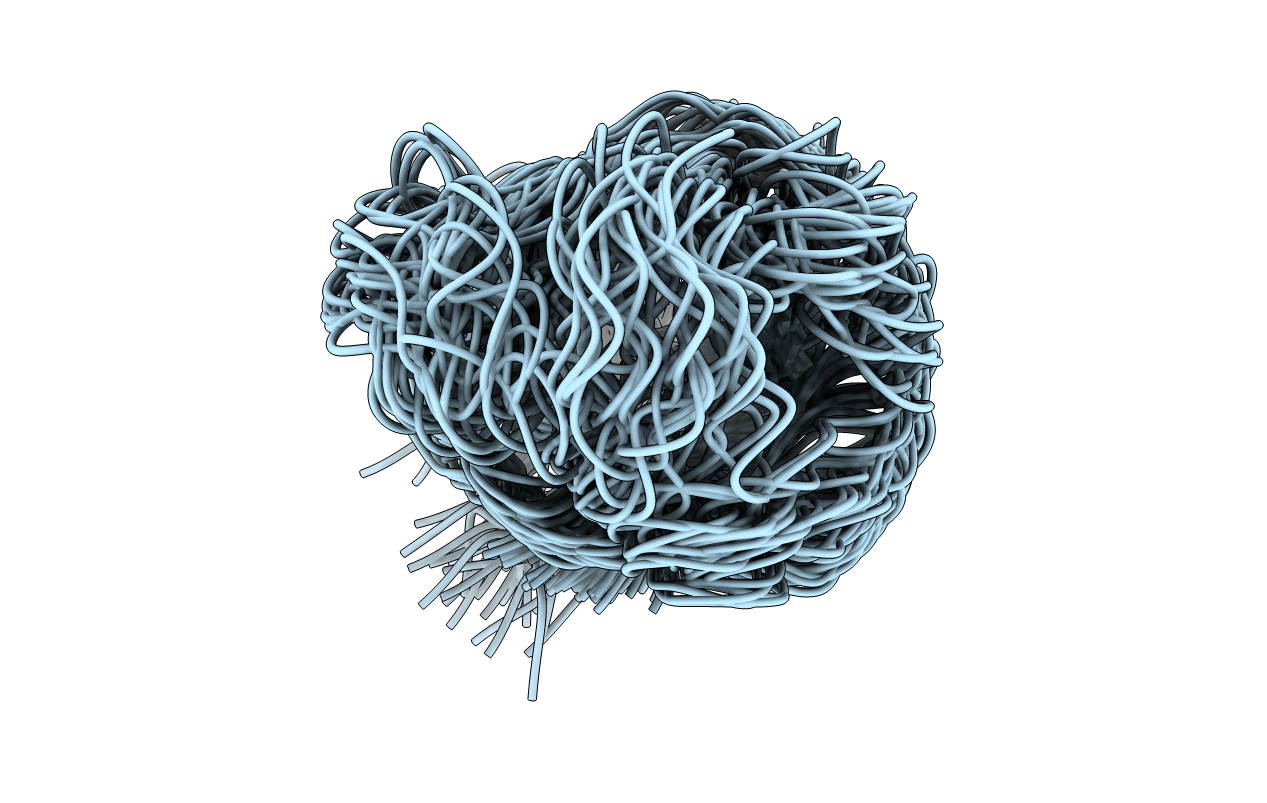
Deposition Date
1998-07-27
Release Date
1999-01-13
Last Version Date
2024-05-22
Entry Detail
PDB ID:
1BMW
Keywords:
Title:
A fibronectin type III fold in plant allergens: The solution structure of Phl PII from timothy grass pollen, NMR, 38 STRUCTURES
Biological Source:
Source Organism:
Phleum pratense (Taxon ID: 15957)
Host Organism:
Method Details:
Experimental Method:
Conformers Calculated:
50
Conformers Submitted:
38
Selection Criteria:
LOWEST ENERGY


